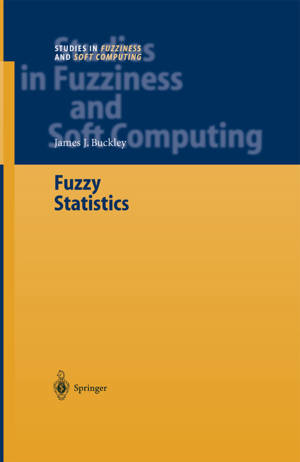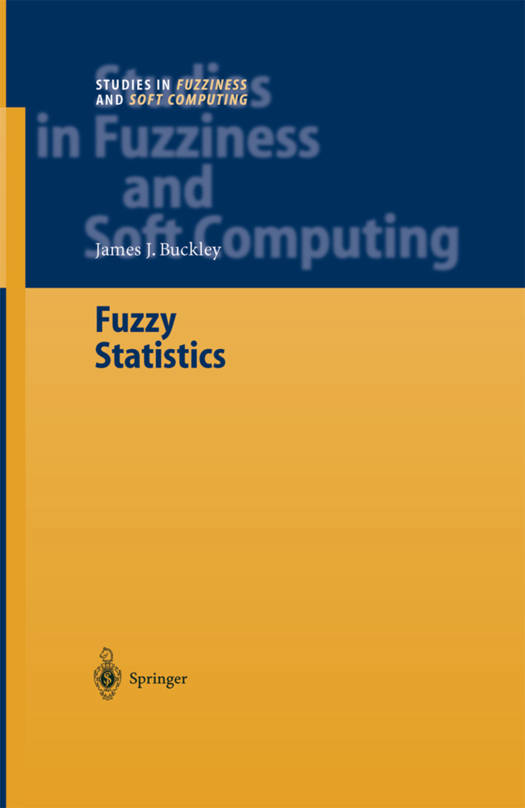
- Afhalen na 1 uur in een winkel met voorraad
- Gratis thuislevering in België vanaf € 30
- Ruim aanbod met 7 miljoen producten
- Afhalen na 1 uur in een winkel met voorraad
- Gratis thuislevering in België vanaf € 30
- Ruim aanbod met 7 miljoen producten
Zoeken
Omschrijving
1. 1 Introduction This book is written in four major divisions. The first part is the introductory chapters consisting of Chapters 1 and 2. In part two, Chapters 3-11, we develop fuzzy estimation. For example, in Chapter 3 we construct a fuzzy estimator for the mean of a normal distribution assuming the variance is known. More details on fuzzy estimation are in Chapter 3 and then after Chapter 3, Chapters 4-11 can be read independently. Part three, Chapters 12- 20, are on fuzzy hypothesis testing. For example, in Chapter 12 we consider the test Ho: /1 = /10 verses HI: /1 f=- /10 where /1 is the mean of a normal distribution with known variance, but we use a fuzzy number (from Chapter 3) estimator of /1 in the test statistic. More details on fuzzy hypothesis testing are in Chapter 12 and then after Chapter 12 Chapters 13-20 may be read independently. Part four, Chapters 21-27, are on fuzzy regression and fuzzy prediction. We start with fuzzy correlation in Chapter 21. Simple linear regression is the topic in Chapters 22-24 and Chapters 25-27 concentrate on multiple linear regression. Part two (fuzzy estimation) is used in Chapters 22 and 25; and part 3 (fuzzy hypothesis testing) is employed in Chapters 24 and 27. Fuzzy prediction is contained in Chapters 23 and 26. A most important part of our models in fuzzy statistics is that we always start with a random sample producing crisp (non-fuzzy) data.
Specificaties
Betrokkenen
- Auteur(s):
- Uitgeverij:
Inhoud
- Aantal bladzijden:
- 168
- Taal:
- Engels
- Reeks:
- Reeksnummer:
- nr. 149
Eigenschappen
- Productcode (EAN):
- 9783642059247
- Verschijningsdatum:
- 15/12/2010
- Uitvoering:
- Paperback
- Formaat:
- Trade paperback (VS)
- Afmetingen:
- 156 mm x 234 mm
- Gewicht:
- 258 g

Alleen bij Standaard Boekhandel
+ 210 punten op je klantenkaart van Standaard Boekhandel
Beoordelingen
We publiceren alleen reviews die voldoen aan de voorwaarden voor reviews. Bekijk onze voorwaarden voor reviews.











